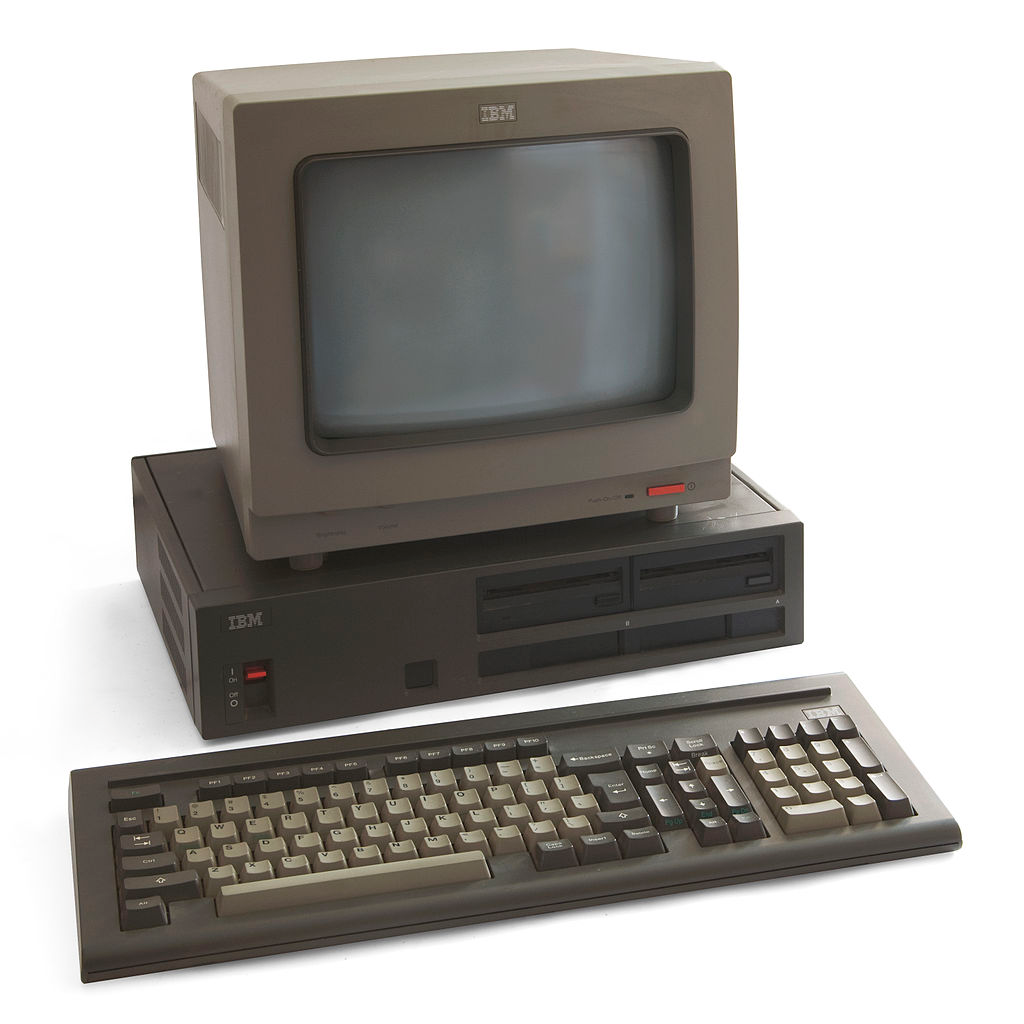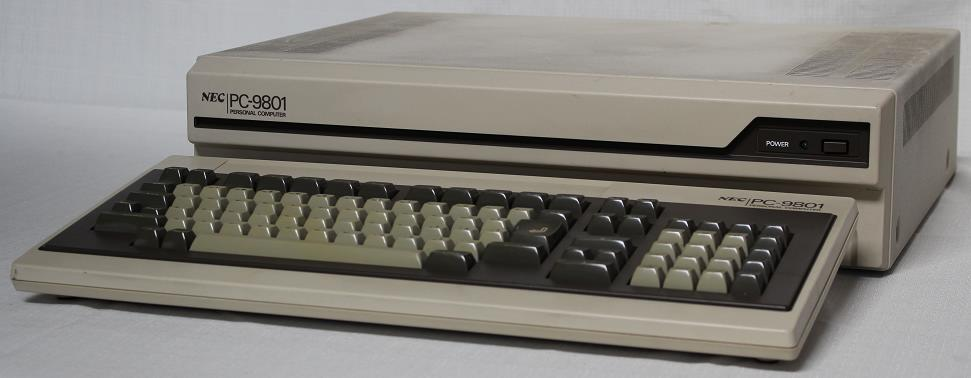« The IBM JX »
Posted on 03 August 2018 11:08 in Hardware
Last updated on 03 August 2018 18:08
retrocomputing
ibm
iwantit
I was gonna say I'm just pulling in the Wikipedia content for this but the Wiki article is, as usual, wrong, so I did some research on other sites to get a more cohesive overview. I also really wanted to make a note of this device, which I've never heard of in years and years of reading about IBM PCs. Tagged "iwantit" so maybe I can find it later if I ever go on a Buyee kick.
Apparently when the PCjr was still A Thing IBM tried to break into the Japanese market with something called the PC-JX.
 the PC JX (https://en.wikipedia.org/wiki/IBM_JX)
the PC JX (https://en.wikipedia.org/wiki/IBM_JX)
This was in Oct '84, so about two years after the PC-98 was released. The PC-98 was a massive success in Japan. The IBM PC was brand new in the US when the PC-98 came out, and per Infoworld - Jul 83, it appears that the IBM 5150 wasn't even released in Japan until '83, so the PC-98 had a head start already. "PC compatible" meant literally nothing in Japan, and the '98 had a Japanese character set - the IBM PC released in Japan was English-only (minus some diacriticals i think.)
 the first pc-98 (from google image search somewhere)
the first pc-98 (from google image search somewhere)
The PC JX was presumably created to directly oppose those machines, and the PC-98 in particular. Wikipedia conflates things badly and implies, somehow, that the PC JX was developed in Japan to sell to the Australian market. Read any other site and you'll see this is plainly horseshit. The real story is easily inferred: IBM made a PC derivative with a Kanji codepage in an attempt to get Japan addicted to the IBM PC, and they failed. A lot of this was probably due to the already-extant software base.
The PC-98 used an 8086 and ran MS-DOS, but was not a PC-compatible. At release in '82 it actually didn't even ship with MS-DOS, it came with CP/M-86. MS-DOS didn't drop until the following year. There was also no intent of PC compatibility because the PC-98 was in development before the IBM 5150 was even released. It ended up being compatible in a very limited way because they just happened to select the 8086 processor, which could execute PC instructions, and when they later released MS-DOS for the system that created compatibility with x86 binaries as long as they strictly used the MS-DOS API.
A tremendous amount of DOS software would not have exclusively used the API. Furthermore, none of the PC's graphics were supported. The PC-98 graphics chip was completely incompatible with all IBM standards, including the original 1981 CGA spec. So any DOS app that did more than display text wouldn't have worked.
In other words, NEC beat IBM to the "serious home computer" market and IBM attempted to compete for some fool reason in a market they had zero chance of succeeding in. The PC-98 had much better graphics than the PC with CGA at the time; those would have been an embarrassment. The PCjr could at least do 640x200 at four colors, so that's... something. Why didn't they release this machine with EGA, which came out in '84 as well and came much closer in specs? I think because both were in parallel development.
The JX and the EGA card both dropped in October of '84, so the EGA would probably have been too early in development to depend on during this machines development, so IBM released it with basically the PCjrs capabilities. I think things might have been different if they'd thought ahead and waited just a little bit longer and gotten the EGA on board, but who called IBM good decision makers?
Intriguingly, the sound was not a competition factor. The original PC-9801 had even worse sound then the IBM PC, which you'd think is impossible but the PC actually used the programmable interval timer to let you pick a frequency for the PC speaker while the 9801 was fixed frequency. A serious sound chip wouldn't be added until '85 at which point IBM was finished in the Japanese market, as far as I can tell.
It's at this point in '85 that they re-released it in Australia. Why? I have no clue. Maybe they just didn't know what to do with the Australian market? If this machine failed in Japan, why try to popularize another PC-incompatible in another market? They removed the "high resolution" support as well, I'm told. I don't get it, but who called IBM good decision makers?
InfoWorld's John C Dvorak has some interesting notes on this in '86. He refers to it as the "JX Plus," a term I can't find anywhere else, suggests IBM wanted to release it in the US, and speculated it would have an improved CPU. I don't know how this figures in to anything.
What's that give us in the end? Oh, nothing at all. The JX is a boring piece of failed garbage, never good, never had a chance of being good, but it looks extremely cool.
 https://collections.museumvictoria.com.au/items/378572
https://collections.museumvictoria.com.au/items/378572
 https://collections.museumvictoria.com.au/items/378572
https://collections.museumvictoria.com.au/items/378572
It was also built by Panasonic - this is information that's hard to find On Line because Wikipedia's acceptance requirements and clubhouse behavior make it permanently incomplete and the "old computer info" sites are full of falsehoods, but if you read Infoworld you can confirm this.
Links
https://computers.popcorn.cx/ibm/jx/ - More pictures
http://nerdlypleasures.blogspot.com/2015/03/ibm-jx-pcjr-20.html - Much more info than this but also much denser
View/Add comments (Warning: provided by Disqus and may include ads! Hidden for your safety!)